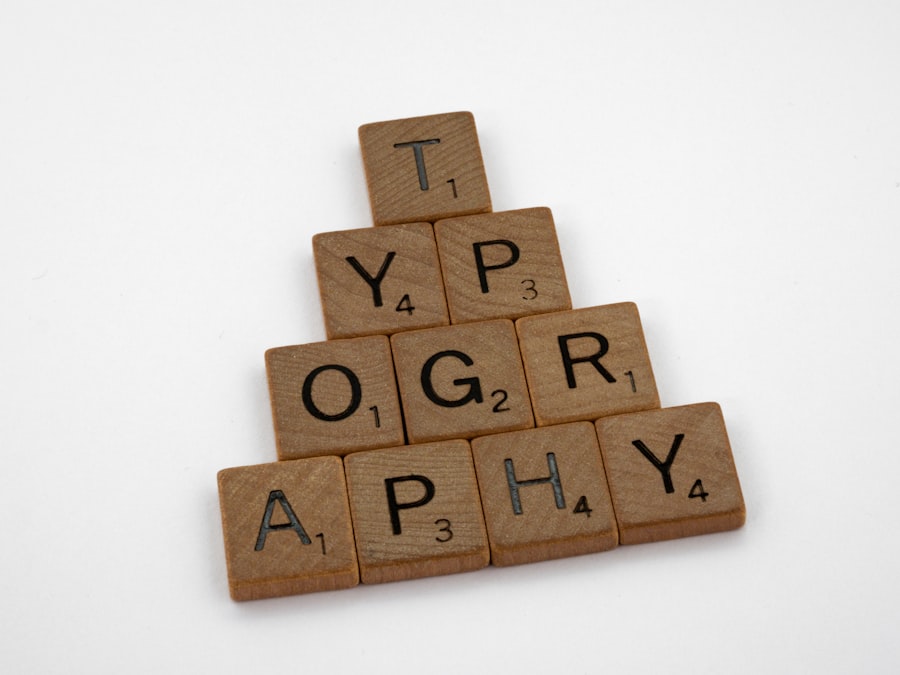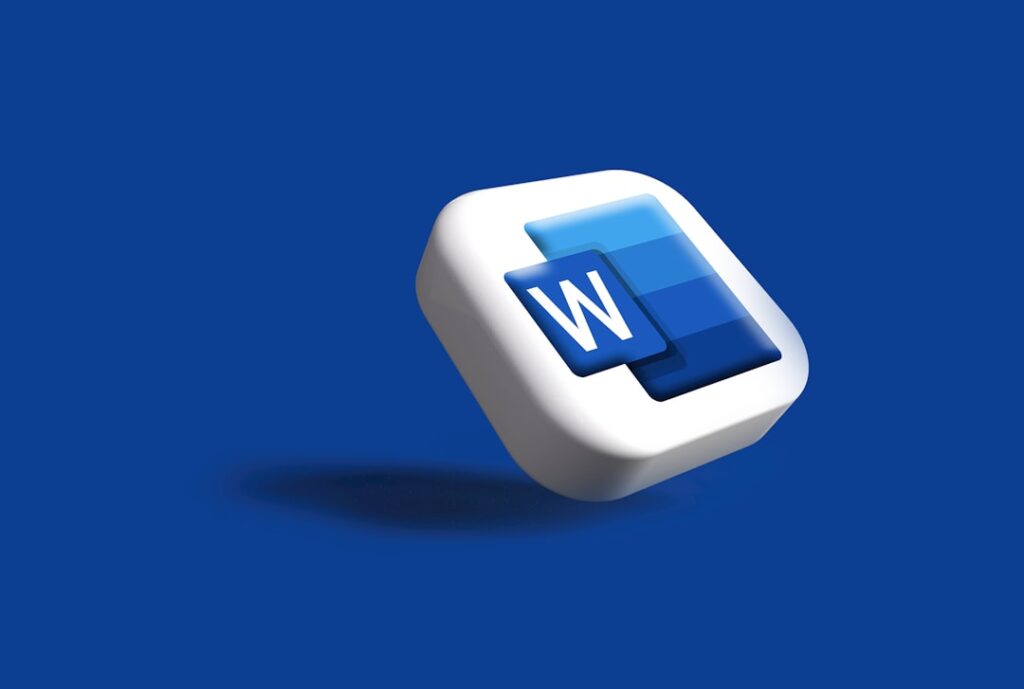As I delve into the world of WordPress, one of the first concepts that captured my attention was the template hierarchy. This intricate system dictates how WordPress determines which template file to use when rendering a page. Understanding this hierarchy is crucial for anyone looking to customize their WordPress site effectively.
It serves as the backbone of theme development, allowing me to create tailored experiences for users by controlling the layout and design of various content types. The template hierarchy operates on a set of rules that prioritize specific files based on the type of content being displayed. For instance, when I visit a blog post, WordPress will first look for a file named `single.php`.
If it doesn’t find that, it will continue down the hierarchy, checking for more specific templates like `single-{post-type}.php` or even `index.php`. This cascading approach not only streamlines the process of rendering pages but also provides flexibility in how I can structure my themes. By grasping the nuances of this hierarchy, I can make informed decisions about which templates to create or modify, ultimately enhancing the user experience on my site.
Key Takeaways
- The WordPress Template Hierarchy is a system that determines which template file is used to display a specific type of content on a WordPress site.
- Core Template Files, such as index.php, single.php, and page.php, are essential for understanding how WordPress displays different types of content.
- Template Parts and Template Tags allow for modular and reusable code in WordPress templates, making it easier to customize and maintain a site.
- Child Themes are a powerful way to customize templates without modifying the original theme files, ensuring future updates won’t overwrite customizations.
- Custom Post Types can leverage the Template Hierarchy to create unique templates for different types of content, providing a more tailored user experience.
Understanding the Core Template Files
At the heart of WordPress’s template hierarchy are core template files that serve distinct purposes. The most fundamental of these is `index.php`, which acts as a catch-all for any content that doesn’t have a more specific template assigned. This file is essential because it ensures that my site can still display content even if no other templates are available.
However, as I explore further, I discover that there are several other core files that play pivotal roles in shaping my site’s appearance. For instance, `header.php` and `footer.php` are integral components that define the top and bottom sections of my pages. These files allow me to maintain consistency across different templates by housing elements like navigation menus and copyright information.
Additionally, `sidebar.php` can be included in various templates to provide side content, such as widgets or advertisements. Understanding these core files enables me to create a cohesive design while ensuring that my site remains functional and user-friendly.
Exploring Template Parts and Template Tags

As I dive deeper into WordPress development, I encounter the concept of template parts and template tags. Template parts are reusable sections of code that I can include in multiple templates, promoting efficiency and consistency throughout my theme. For example, if I have a specific layout for displaying post excerpts, I can create a `content.php` file and include it in various templates using the `get_template_part()` function.
This approach not only reduces redundancy but also makes it easier to manage changes across my site. On the other hand, template tags are functions provided by WordPress that allow me to retrieve and display dynamic content within my templates. These tags enable me to pull in information such as post titles, featured images, and custom fields without having to write extensive code.
For instance, using `the_title()` within my loop will automatically display the title of each post being queried. By mastering these template parts and tags, I can create more dynamic and engaging layouts that resonate with my audience while streamlining my development process.
Customizing Templates with Child Themes
One of the most powerful features of WordPress is the ability to customize templates through child themes. A child theme allows me to make modifications without altering the original theme’s files, ensuring that my changes remain intact even when the parent theme is updated. This practice not only safeguards my customizations but also promotes best practices in theme development.
Creating a child theme is relatively straightforward; I simply need to create a new directory in my themes folder and include a `style.css` file with specific header information. From there, I can begin overriding parent theme templates by copying them into my child theme’s directory and making adjustments as needed. This method empowers me to experiment with different designs and functionalities while maintaining a stable foundation provided by the parent theme.
By leveraging child themes, I can ensure that my site remains unique and tailored to my vision without compromising on security or performance.
Leveraging Template Hierarchy for Custom Post Types
As I expand my WordPress skills, I find myself wanting to create custom post types to better organize and display unique content on my site. The beauty of WordPress’s template hierarchy is that it seamlessly accommodates these custom post types through specific template files. For instance, if I create a custom post type called “Portfolio,” I can create a `single-portfolio.php` file to dictate how individual portfolio items are displayed.
This flexibility allows me to craft tailored experiences for different content types without affecting the overall structure of my site. Additionally, I can create archive templates like `archive-portfolio.php` to manage how all portfolio items are presented in a list format. By understanding how to leverage the template hierarchy for custom post types, I can enhance my site’s functionality and provide users with a more organized and engaging browsing experience.
Advanced Techniques for Template Hierarchy Manipulation

As I become more comfortable with WordPress’s template hierarchy, I start exploring advanced techniques for manipulating it to suit my needs better. One such technique involves using conditional tags to control which templates are loaded based on specific criteria. For example, I can use `is_page()` or `is_single()` to check if I’m viewing a particular page or post type and then load a custom template accordingly.
This level of control allows me to create highly tailored experiences for users based on their interactions with my site. Another advanced technique involves utilizing hooks and filters to modify template behavior dynamically. By tapping into WordPress’s extensive hook system, I can alter how templates are rendered without directly modifying their files.
For instance, using `add_filter()` allows me to change the output of certain template tags or even add new functionality altogether. These advanced techniques empower me to push the boundaries of what’s possible with WordPress themes, enabling me to create unique solutions tailored specifically to my audience’s needs.
Troubleshooting Template Hierarchy Issues
Despite my growing expertise in WordPress development, I occasionally encounter challenges related to the template hierarchy. One common issue arises when changes I make to templates don’t seem to take effect as expected. In these situations, I’ve learned to systematically troubleshoot by checking for common pitfalls such as file naming conventions or ensuring that I’m working within the correct theme directory.
Another frequent issue involves conflicts between plugins and templates. Sometimes, plugins may override certain template files or introduce unexpected behavior that disrupts my intended design. In these cases, I’ve found it helpful to disable plugins one by one to identify the source of the conflict.
By methodically addressing these issues, I can ensure that my site functions smoothly while maintaining the integrity of my customizations.
Best Practices for Working with the WordPress Template Hierarchy
As I continue my journey through WordPress development, I’ve come to appreciate several best practices for working with the template hierarchy effectively. First and foremost, maintaining clear organization within my theme files is essential. By structuring my templates logically and using descriptive naming conventions, I can easily navigate my codebase and make updates as needed.
Additionally, documenting my code is crucial for future reference or when collaborating with others. Including comments within my templates helps clarify the purpose of specific sections and makes it easier for anyone reviewing my work to understand my thought process. Finally, regularly testing my templates across different devices and browsers ensures that they function correctly for all users.
By adhering to these best practices, I can create robust and maintainable themes that stand the test of time while providing an exceptional user experience on my WordPress site.
If you’re interested in exploring more about optimizing your WordPress site, you might find the article on Google PageSpeed Insights particularly useful. This article complements the insights from “Deep Dive into the WordPress Template Hierarchy” by providing valuable tips on how to enhance your website’s performance and speed, which is crucial for both user experience and SEO. Understanding the template hierarchy is essential for customizing your WordPress site, and combining that knowledge with performance optimization strategies can significantly improve your site’s overall effectiveness.
FAQs
What is the WordPress Template Hierarchy?
The WordPress Template Hierarchy is a system that determines which template file in a WordPress theme is used to display a specific type of content.
How does the WordPress Template Hierarchy work?
When a user requests a specific type of content on a WordPress site, the Template Hierarchy determines which template file to use based on the type of content and the site’s configuration.
What are the main template files in the WordPress Template Hierarchy?
The main template files in the WordPress Template Hierarchy include index.php, single.php, page.php, archive.php, and more. These files are used to display different types of content on a WordPress site.
How can I customize the WordPress Template Hierarchy?
You can customize the WordPress Template Hierarchy by creating custom template files in your theme and using conditional tags to control which template file is used for specific types of content.
What are some best practices for working with the WordPress Template Hierarchy?
Some best practices for working with the WordPress Template Hierarchy include using child themes for customizations, understanding the hierarchy’s logic, and using template parts for reusable code.
Where can I learn more about the WordPress Template Hierarchy?
You can learn more about the WordPress Template Hierarchy by referring to the official WordPress Codex, developer documentation, and community forums. Additionally, there are many tutorials and articles available online that cover the topic in detail.
